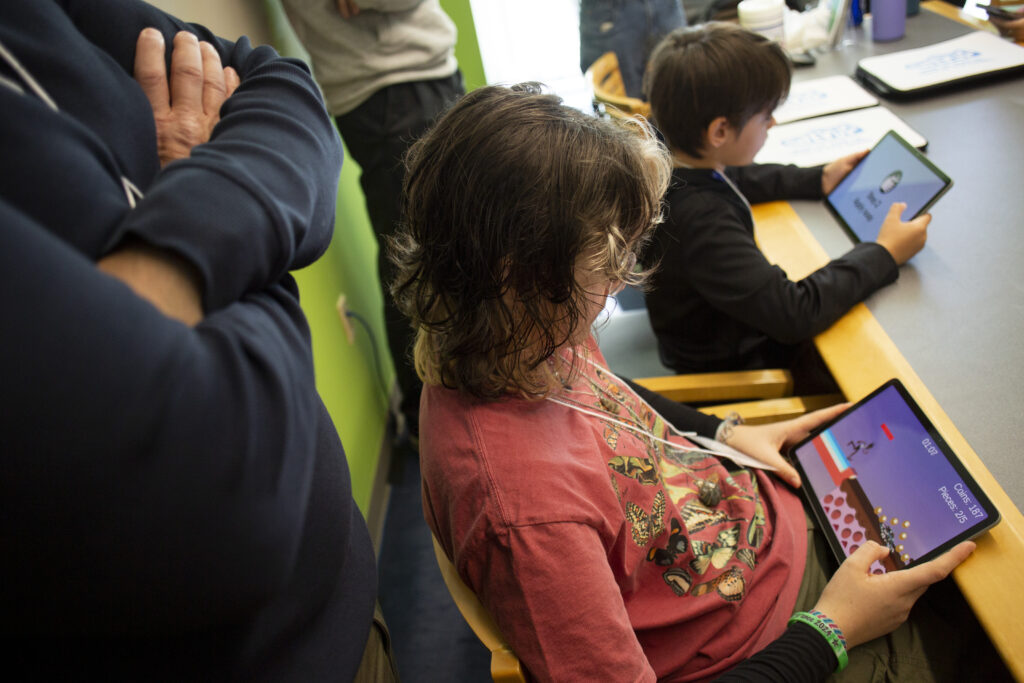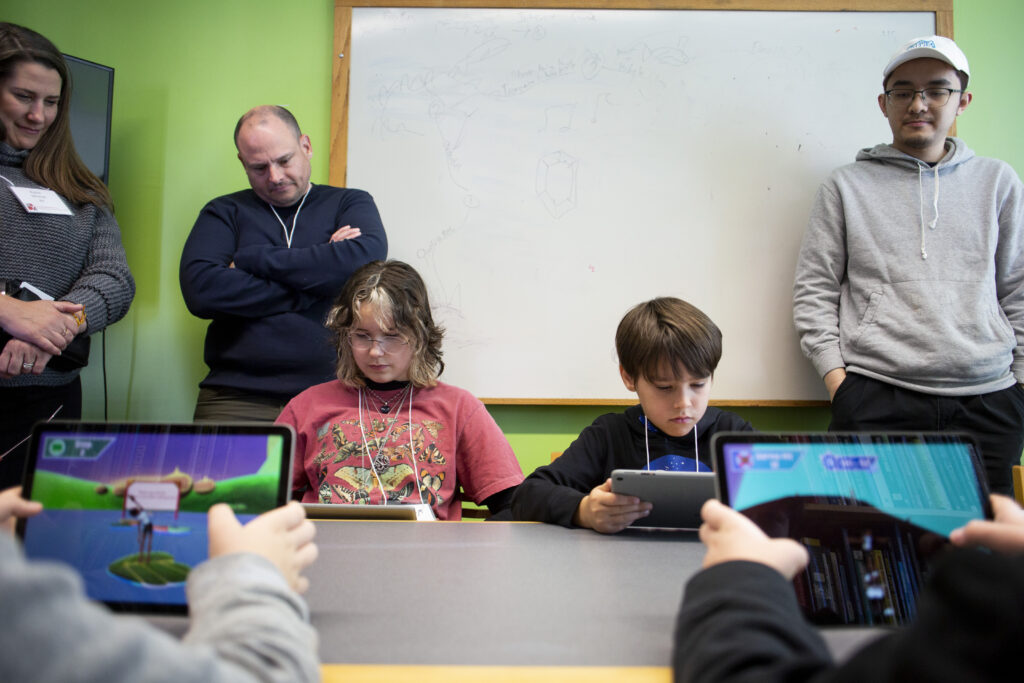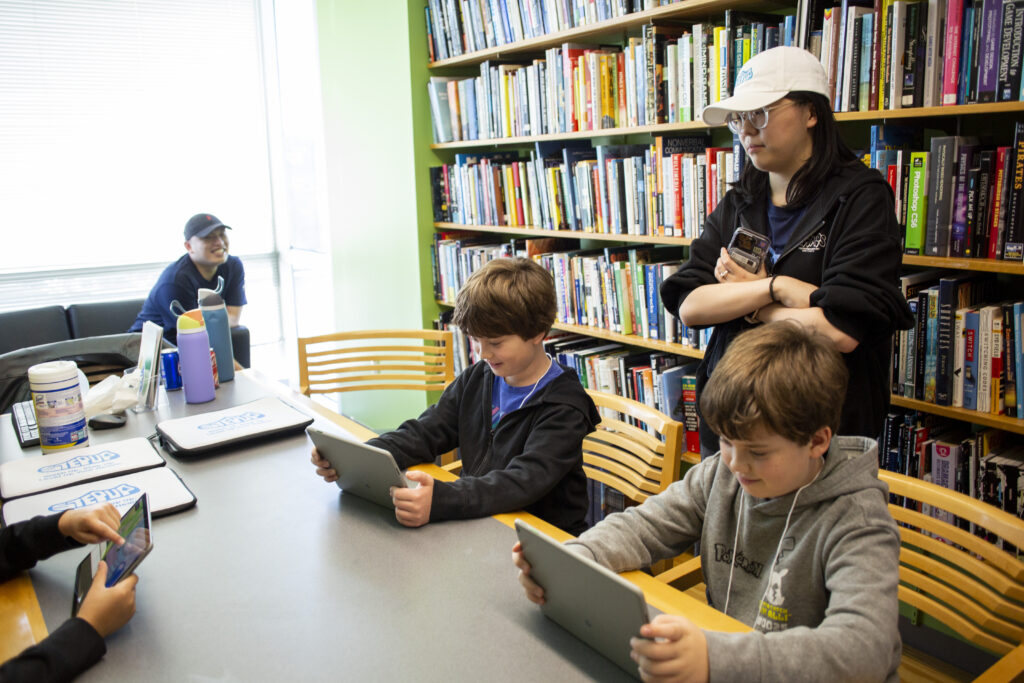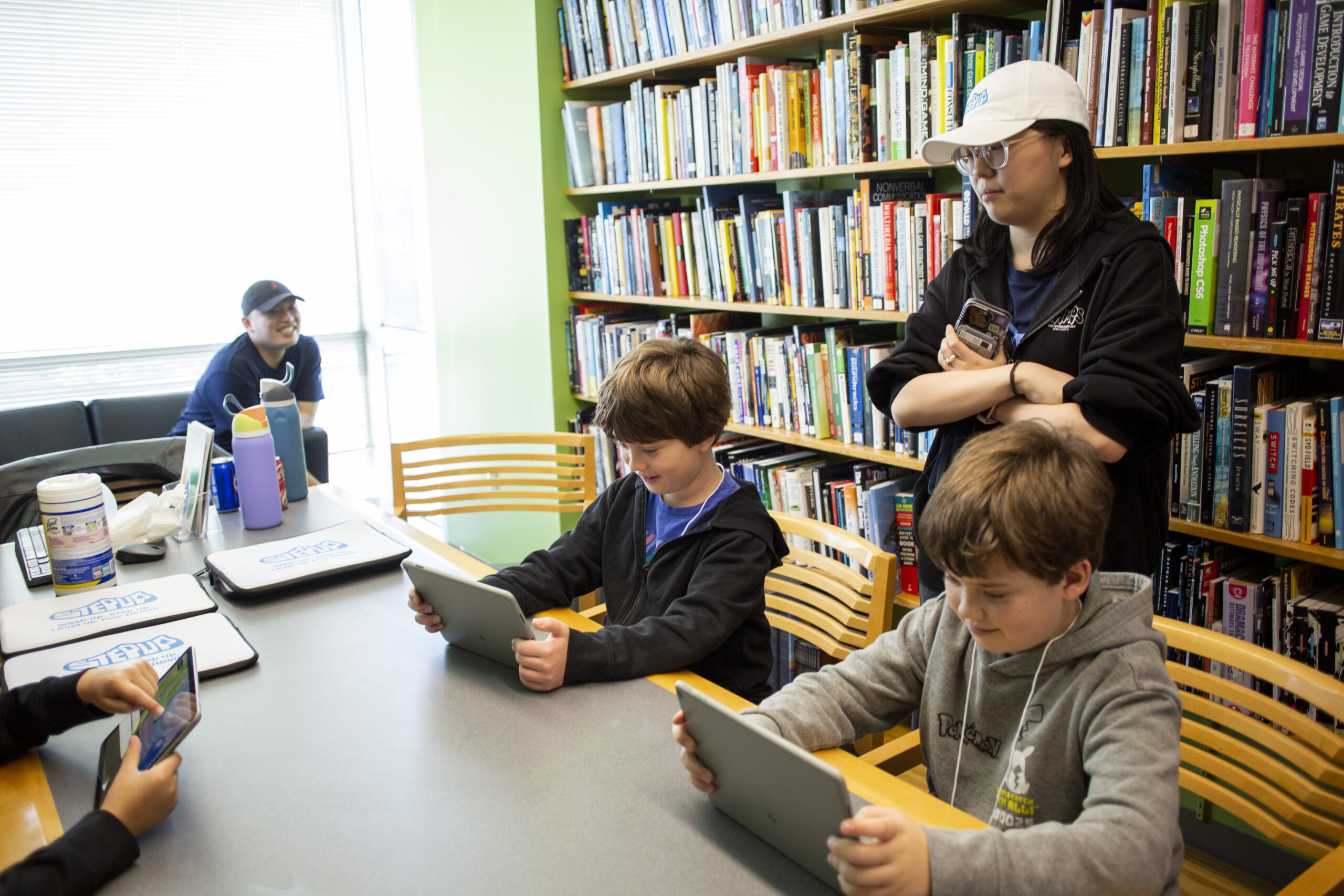ETC Playtest Day is Here!
The big event this week is the ETC Playtest Day, happening this Saturday! Every semester, the Entertainment Technology Center hosts this special day for playtesting, where graduate student teams present their project builds for real-world feedback from guests. Playtesting is a valuable opportunity to see how games and experiences perform with users, revealing what works well and what needs refining.
Preparing for Playtest Day
Our team is in high focused on refining our game’s build to ensure an engaging experience, especially around three mini-games. We’re making sure the game feels polished and ready for kids to play.
Mini-Game 3 Development
Our artists have been creating some fantastic assets for the game. Lawrence worked on the character animations, including running, jumping, and tripping, which now look fluid and natural in the game. He also developed essential elements like coins, shoe bubbles, and obstacles.
Regina designed the game environment with six different ground variations to make the scenes richer and more engaging. The colorful, dynamic backgrounds bring a vibrant energy to the gameplay.
By the end of last week, Tyler completed a draft of Mini-Game 3, and he’s now combining it with Anna’s level designs. Anna created 15 levels with varying difficulty to add diversity and keep players engaged.
Fine-Tuning UI
Yawen went back to make the UI for Mini-Game 1 (handwashing game) and chose a green color scheme to complement the theme. Later in the week, she began working on the UI for Mini-Game 3.

Playtest Day in Action!
And now, for the main event—Playtest Day! Our game is geared toward a younger audience, so our playtesters are primarily kids between ages 5 and 15. On test day, we guided playtesters to a seat, handed them a tablet, and let them go into the game. Our team observes quietly, intervening only if someone is truly stuck. At the end, we asked them to fill out a quick survey to gather their thoughts.
Each play session lasted about 10 minutes, just as we planned. Here are some insights we gathered:
- Best age range: The game resonated most with kids aged 6 to 12.
- Gameplay style: Most kids preferred holding the tablet up while playing.
- Common confusion: Players had the most questions in Mini-Game 1, our handwashing game.
- Understanding the theme: Players generally understood the game’s purpose.
- Curious questions: A few playtesters wondered why the character was barefoot in Mini-Game 1.
During Playtest Day, each mini-game revealed valuable insights for improvements. In Mini-Game 1, players struggled with a lack of indicators confirming correct selections, suggesting the need for highlights to clarify choices. The “Hurdle” text caused confusion, indicating that renaming it to “Choose the 1st Step” would better guide players. Many kids also tended to skip or toy with the tutorial, showing that a more engaging introduction might be necessary. Additionally, players found the rules unclear, which we could address with clearer phrasing; some even commented, “I don’t usually think about the exact steps,” highlighting the need for simplicity.
In Mini-Game 2, players faced varied interaction styles that sometimes led to confusion. Some tried moving the character instead of holding to rotate, showing a need for clearer cues. Visual feedback was essential, as players struggled to orient themselves, often asking about their position and needing confirmation of their actions. A humorous and consistent reaction, “That’s a dirty foot,” confirmed that the visuals were effectively engaging players with the intended theme.
For Mini-Game 3, players didn’t immediately grasp that shoes provided a power-up, suggesting that visual or audio cues could help reinforce this mechanic. Kids were also uncertain about the purpose of coins, revealing an opportunity to add more contextual meaning. The tutorial and gameplay duration felt a bit long for our testers, suggesting that shorter segments might maintain engagement. Transitions and endpoints were also unclear, prompting us to consider adding a loading scene and a clearer finish line. Players expressed their attachment to the shoes mechanic with comments like, “I need my shoes!” and “Why did I lose my shoes?” which indicates this element could be made more intuitive.



Moving Forward
The feedback from Playtest Day was incredibly valuable. We now have a clear path forward for fine-tuning the game to improve clarity, shorten tutorials, and ensure each mini-game feels intuitive and fun. With these adjustments, we’re excited to continue shaping an engaging experience for our young audience. Next week will be the last developing stage before the team head to Ghana and have an onsite playtest with the kids! It’s going to be exciting!
